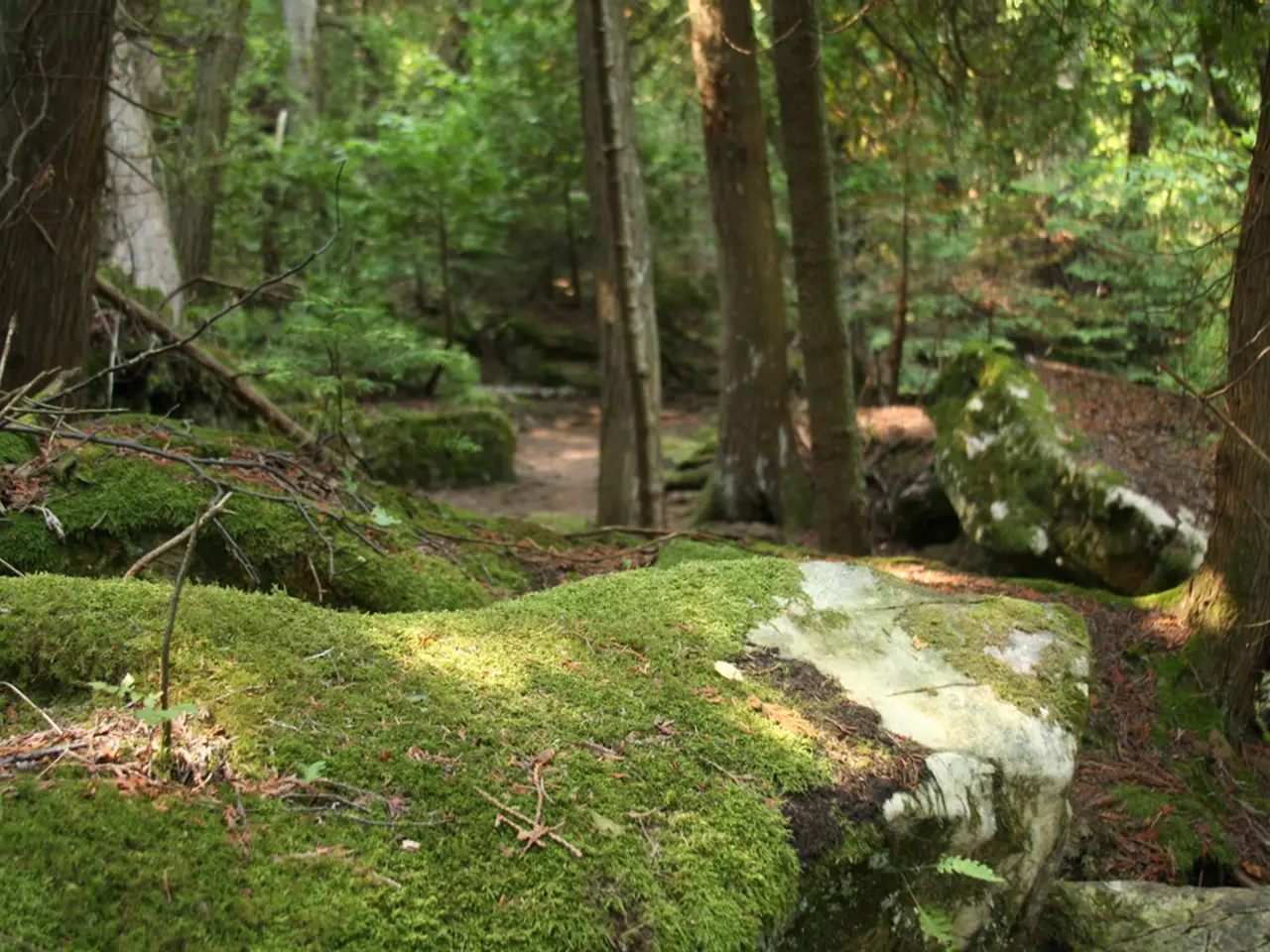Transitioning Greenery: Moving Plants from Sphagnum Moss to Soil
Transitioning Your Plant from Sphagnum Moss to Soil: A Comprehensive Guide
Moving your plant from a sphagnum moss environment to soil can seem daunting, but with careful preparation and handling, you can ensure a healthy transition. Here's a step-by-step guide to help you through the process.
Preparing a Suitable Soil Mix
First, prepare a well-draining soil mix that retains moisture. A good option is a mix of potting soil, perlite, and vermiculite, which provides aeration and moisture balance. Alternatively, a seedling soil mix containing equal parts sphagnum peat moss, perlite, and vermiculite creates a favorable environment for roots.
Removing the Plant from Moss
Gently loosen or rinse away the sphagnum moss from the roots without forcing or tearing the root system. Soaking the rootball in lukewarm water for 5 minutes can help expand the moss for easier removal.
Transplanting Carefully into Soil
Place the plant into the prepared soil with minimal disturbance to roots, ensuring the roots are spread evenly and covered lightly with soil to avoid exposure.
Maintaining Adequate Moisture
After transplant, maintain adequate moisture, but avoid waterlogging which can lead to root rot. A healthy plant should have firm roots that vary in color depending on the plant type.
Optional Transition Phase
If you'd like to gradually introduce the plant to soil, you can mix soil with moss in a transition phase, starting with mostly moss and increasing soil percentage.
Monitoring the Plant
Monitor the plant closely for signs of stress or disease and provide optimal growing conditions (appropriate humidity, temperature, and light) to support recovery.
Caring for the Newly Potted Plant
Carefully lift the plant out of its current pot without damaging the roots. After removing the plant, inspect the roots for dead, black, or mushy roots and trim them away. Settle the plant in the new pot by giving it a good soak with lukewarm water to help settle the soil around the roots.
Choosing the Right Pot
Choose a new pot that is one to two sizes larger than the current pot, with drainage holes. The right soil mix for repotting includes well-draining potting mix with perlite, bark, coconut coir, and/or peat moss.
Plant-Specific Considerations
If transferring a plant prone to root rot, choose a chunky, well-draining soil mix. Prepare the garden soil by loosening and aerating it, removing rocks and weeds, and working in organic matter.
By following these steps, you can successfully transition your plant from a sphagnum moss environment to soil, minimizing root damage, disease risk, and ensuring a healthy adjustment.
Engaging in vegetable gardening can be integrated with your home-and-garden lifestyle by adopting the art of gardening, as showcased through the transition of a plant from sphagnum moss to soil. The comprehensive guide, detailing steps from preparing suitable soil, transplanting carefully, maintaining moisture, and monitoring the plant, provides a practical approach to this process.




